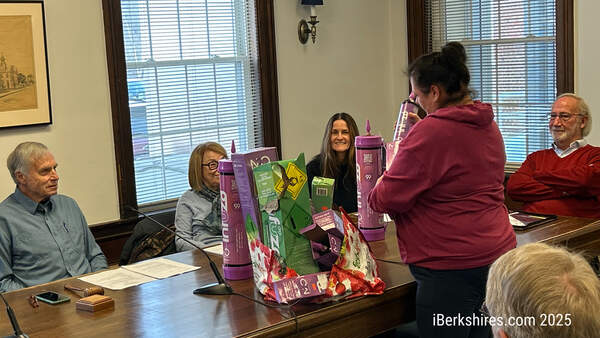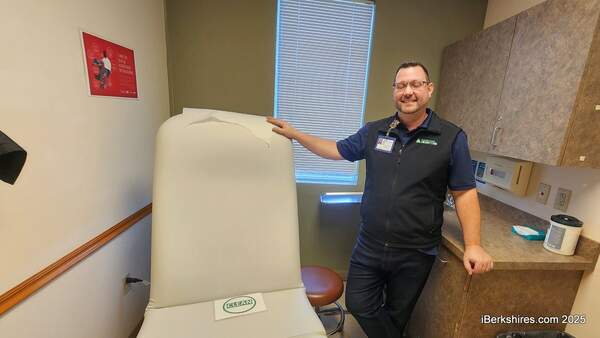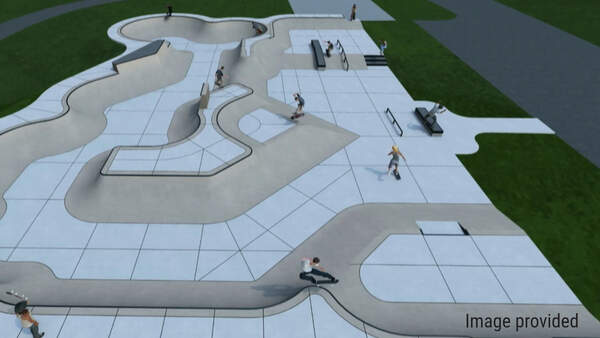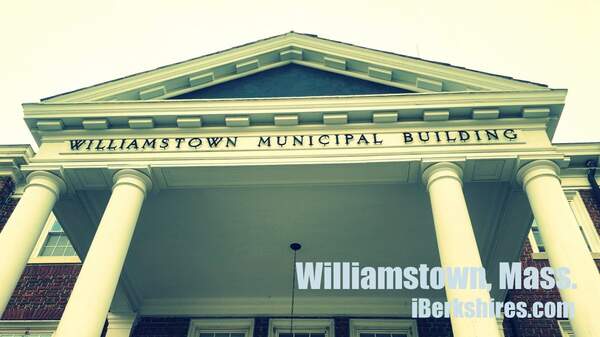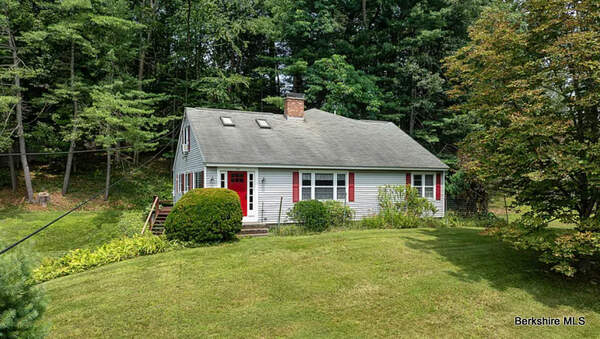Clark Art to Host Talk on Little Rodin Gallery Sept. 10
WILLIAMSTOWN, Mass. — On Saturday, Sept. 10 at 11 a.m., the Clark Art Institute hosts a talk by Metropolitan Museum of Art Assistant Curator Elyse Nelson chronicling the making of the "Little Rodin Gallery" (1912) at the museum.
The talk is presented in conjunction with the Clark’s special exhibition Rodin in the United States: Confronting the Modern, Nelson’s talk takes place in the Clark’s auditorium. The Metropolitan Museum, the first U.S. museum to acquire a work by Auguste Rodin, created its "Little Rodin Gallery" in 1912.
The gallery featured over thirty of Rodin’s sculptures and seven of his drawings. The first major presentation of the artist’s sculptures within an American museum, this special gallery signaled Rodin’s newfound distinction in the United States. Nelson’s talk features rarely seen images and new research illuminating how key collectors, donors, curators, and Auguste Rodin himself collaborated to build a collection that would compose the "Little Rodin Gallery," the Metropolitan’s first-ever gallery dedicated to the work of a living artist.
Elyse Nelson is assistant curator in the department of European Sculpture and Decorative Arts at the Metropolitan, where she is responsible for eighteenth- and nineteenth-century European sculpture. Previously, she held fellowships at the Metropolitan and at the Paul Mellon Centre for Studies in British Art, and taught art history at Berklee College of Music.
Prior to her curatorial appointment in 2019, Nelson assisted in the organization of Rodin at The Met (2017) and Like Life: Sculpture, Color, and the Body (2018). She is the co-organizing curator of Fictions of Emancipation: Carpeaux Recast (2022–2023) and co-editor of the accompanying publication. She studied art history at Yale University, where she received a bachelor of arts degree; she received a master's degree with distinction from the Courtauld Institute of Art, London.
Nelson is completing her Ph.D. thesis on Canova’s British patronage at the Institute of Fine Arts at New York University.
On view in the Clark Center through Sept. 18, Rodin in the United States: Confronting the Modern explores how American museums and collectors embraced Rodin’s sculptures and drawings, and traces the arc of the artist’s reputation and legacy since the first U.S. museum acquisition was made in 1893 by the Metropolitan Museum of Art. With more than seventy works from more than thirty collections, this is the largest Rodin exhibition presented in more than forty years.
The event is free and open to the public. For more information, go to clarkart.edu/events.
Tags: Clark Art,


